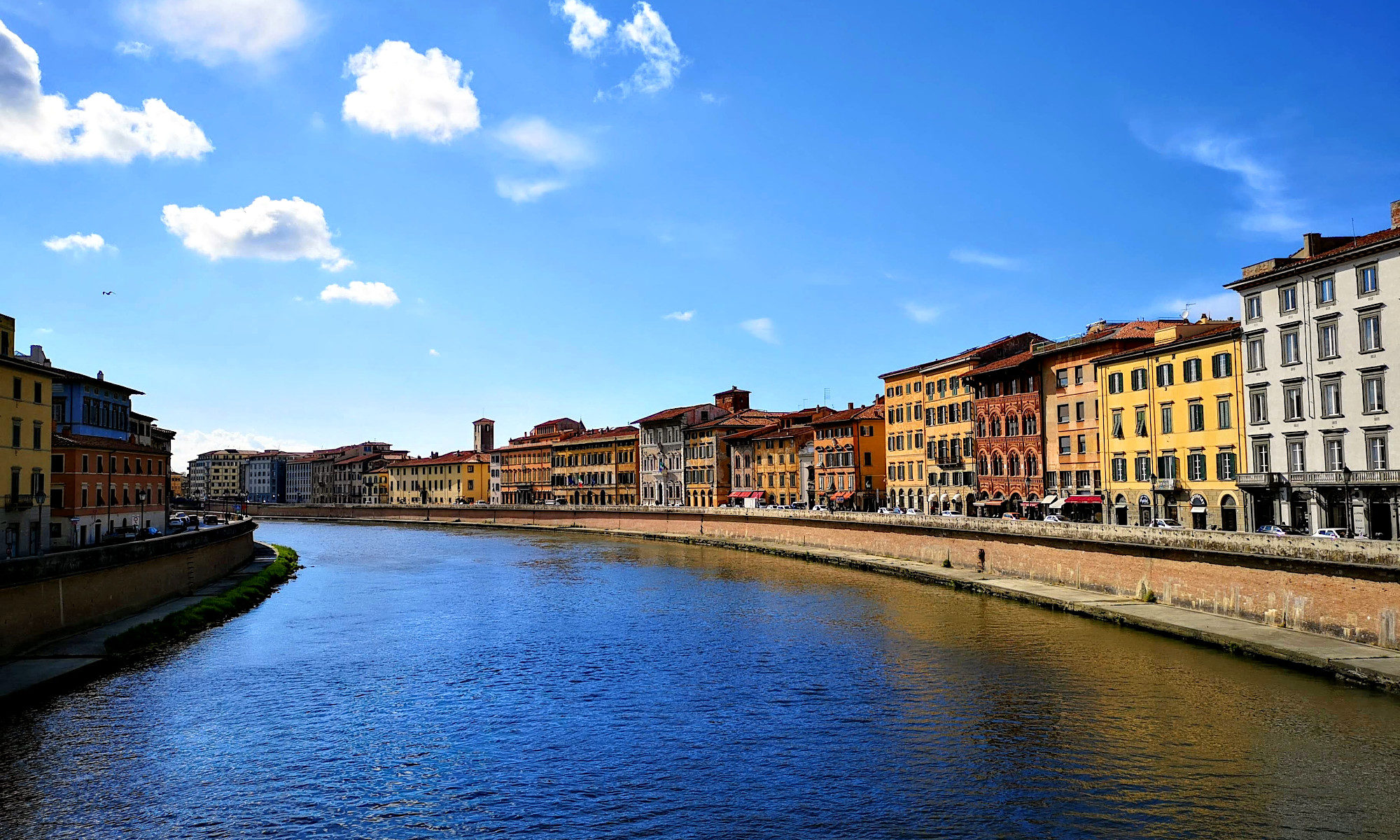There was much chatter recently about a patent application that Google filed for a series of floating, offshore data centres, which would use wave energy to help defray some of the power costs required by the massive server clusters that Skynet, er… Google needs to function. Anchored seven miles or more offshore, the centres would also be outside territorial waters and therefore tax-free. My friend Om Malik says this idea isn’t unique to Google: a startup called International Data Security is working on a similar plan, although it proposes to use decommissioned ships docked in various harbours and served by fibre lines and high-speed microwave links.
Floating power centres would raise all kinds of issues, however, including — as one wag at Slashdot mentioned — the risk of Microsoft investing in a fleet of attack submarines, not to mention having to deal with the effect of salty sea water and humidity. More than anything, Google’s plan reminded me of Sealand, a former World War II sea fort anchored off the coast of England that was the subject of an ambitious (possibly even ridiculous) plan in the early 1990s to create an offshore data haven, with a server cluster suspended inside the legs of the structure.
Sealand has been an international curiosity since 1967, when pirate radio broadcaster and former Army major Paddy Roy Bates declared that it was a sovereign country — with him as its ruler — and began issuing passports and even currency. In 1978 there was a coup, when Sealand’s prime minister occupied the platform and took Bates’s son (Prince Michael) hostage. Bates retook Sealand after a helicopter assault and charged the PM with treason, but after negotiations with the German government he was released, and formed a government-in-exile. Bates, who lives in England, has put Sealand up for sale with an asking price of 65 million pounds, and at one point The Pirate Bay was rumoured to be moving servers to the platform.
